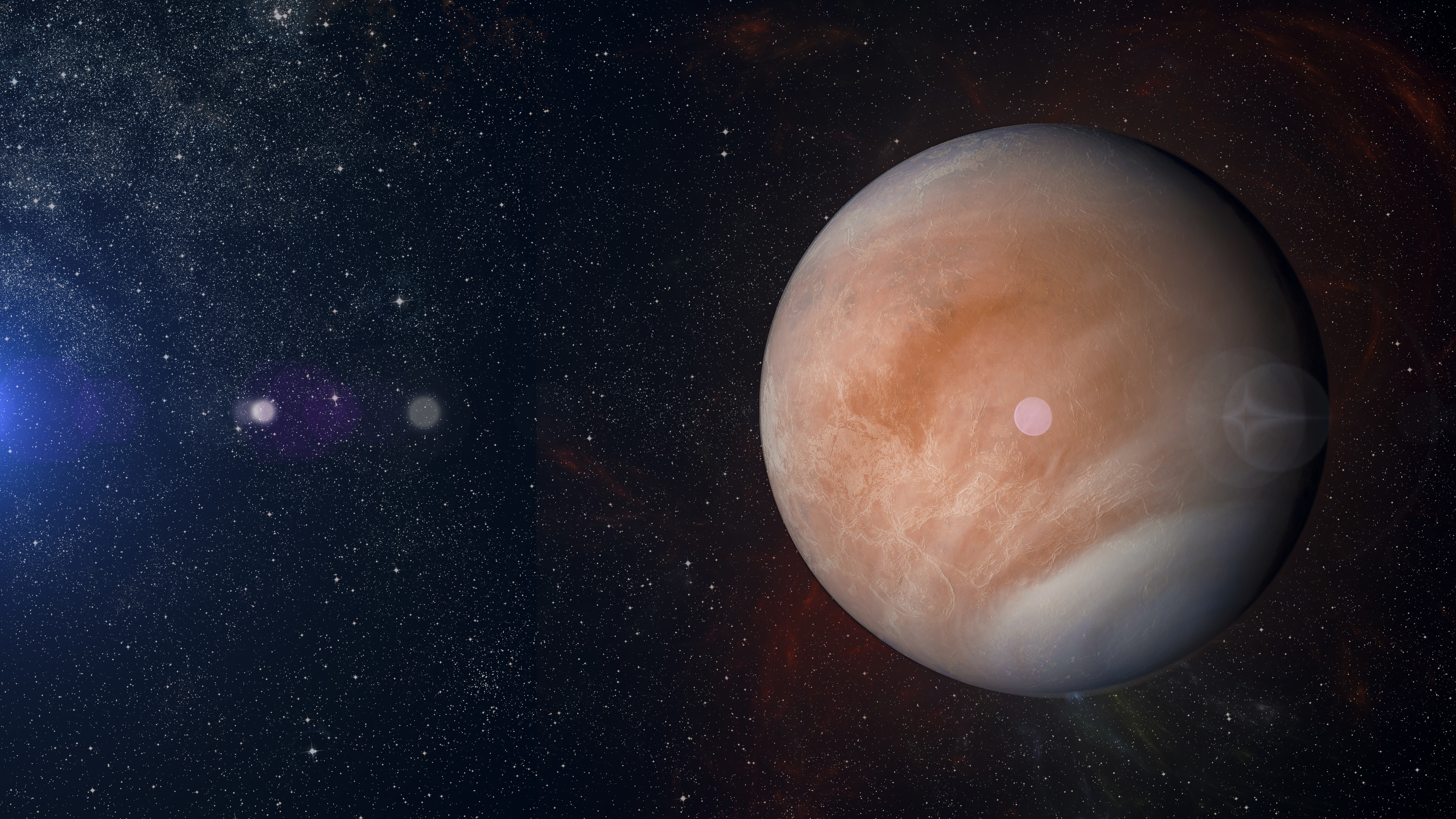Earlier this month, astronomers announced the discovery of an old solar system located just 90 light-years from Earth. The mysterious solar system, which is believed to be the oldest we know of so far, lies around a white dwarf star, the remnants of a system long lost to time and space. Now, though, scientists say that this solar system may have been very different from our own.
The white dwarf at the center of the mysterious solar system is estimated to be over 10 billion years old. That means that the hot core of the dead star was once very similar to our Sun, and now it’s surrounded by chunks of dead planets known as planetesimals.
But what makes this mysterious solar system so different from our own? It all comes down to the composition of the planets within the system. The area is absolutely teeming with lithium and potassium, two elements that none of the planets within our solar system have a composition similar to.

This has added a complete air of mystery to the solar system, which was featured in research published in the Monthly Notices of the Royal Astronomical Society earlier this year. As I noted in our previous coverage, the solar system is believed to be from the ancient times of the universe. As such, it is already shrouded in mystery.
But, with the added complexity these elements bring into play, the mysterious solar system has scientists completely baffled about how it came to be, why it was different, and why it was rare in those materials, which are believed to have been very rare at the time. What’s more intriguing, though, is that another solar system found with a similar white dwarf showed more familiar elements.
This means that while this mysterious solar system is vastly different than Earth’s own solar system, there are others out there similar to ours, which could help us better understand how these systems form and even help us narrow down where to search for proof of alien life.








